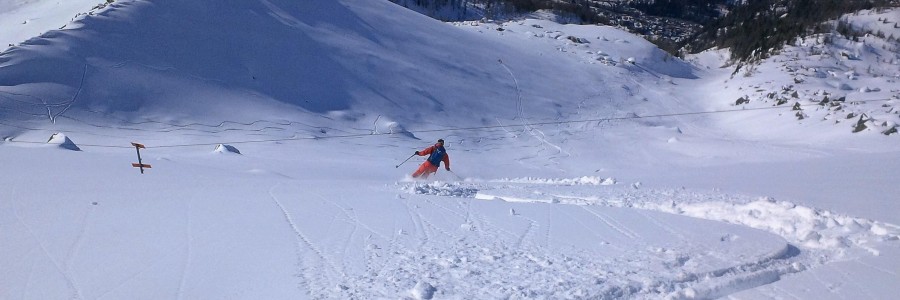•
Base Layer Top and Bottoms – a few base layer tops, usually long-sleeved is best, wool base layers form
Ortovox are good as they offer good wicking properties and dry quickly. For your legs, a couple of pairs of long or ¾ length bottoms are best.
• Mid-layer fleece tops – a couple of fleece type jacket or tops that can be worn between your base layer and outer layers. The “Layering” approach offers the best heat retention and flexibility in warm and cold weather.
• Insulation Layer - a down or Primaloft jacket is a good item to have ready to wear in the event of cold weather, it can live in your rucksack as a spare layer and can come in very handy for sudden changes in the weather.
• Lightweight softshell type trousers - you want to wear a lightweight softshell or similar material on your legs, these types of trouser offer good protection from snow/ice as well as abrasion on rock and are comfortable to move in.
• Walking shorts or a pair of trousers with zip-off legs. Useful for walk-ins to huts on hot days.
• Gore-Tex Jacket - Gore-Tex or other waterproof breathable jackets. Best to have a lightweight jacket that can be worn in the event of wet or windy weather but is packable enough to fit in your rucksack. Your insulated ski jacket will be overkill and too hot and bulky.
• Gore-Tex Pants - Gore-Tex or other waterproof breathable trousers. Lightweight is important plus side zips for putting on over your boots and crampons. Used in cold, wet and windy weather.
• Sun hat and warm hat – bring a wide-brimmed sun hat or baseball cap plus a warm beanie style hat.
• Light, thin gloves – a thin pair of fleece or softshell gloves for warm weather are a must.
• Insulated gloves - You need to have a pair of waterproof warm gloves to wear on cold days.
• Gaiters – these are useful to wear to keep snow out of your boots.
• Socks - 3-4 pairs of medium weight socks usually mid-calf length is good.
 Off-Piste
Off-Piste Ski Touring
Ski Touring Via Ferrata
Via Ferrata Ice Climbing
Ice Climbing Alpine Glacier Trekking
Alpine Glacier Trekking Worldwide Trekking
Worldwide Trekking
















 Travel Website Development
Travel Website Development